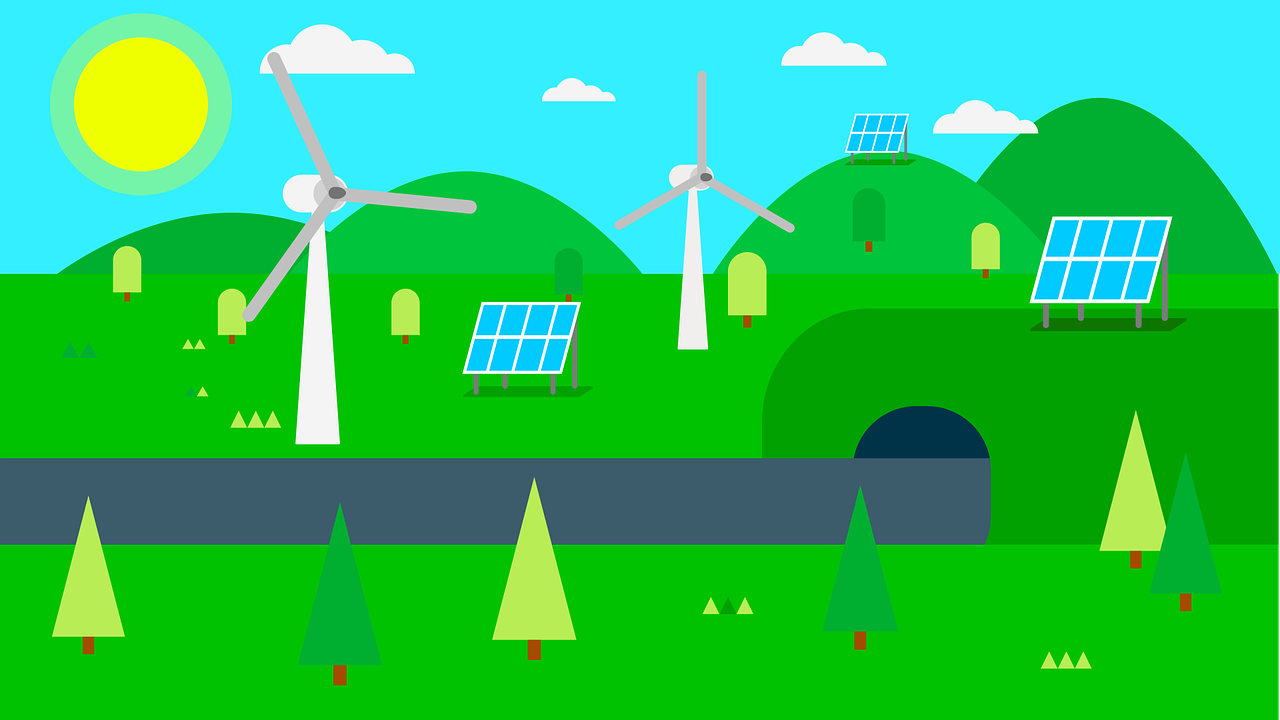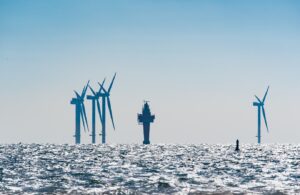Renewable energy is the most in-demand means of generating power for the past two decades. Many means of harnessing these resources have been developed; however, many factors go into play to decide which resource is the most cost-effective and generate minimal pollution. The technological potential for renewable energy is quantified in units of achievable installed capacity and unique technology generation, based on geophysical constraints, land-use constraints, and system efficiency. The two main sources are solar and wind turbines, which ha e most widely used, but they have their limitations, solar panels are cheaper, but the availability is limited to sunlight, and to operate on this mechanism during night time additional setup needs to be added to the system which increases the cost. On the other hand, wind turbines are installed considering the ideal location but are expensive to install, and manufacturing cost and operations and maintenance cost limit public availability. Also, the noise pollution generated makes it not a suitable system to be installed near residential locations.
Stages Involved in Identifying Potential Resource:
Some potential factors that go into identifying the resource include the technical, conversion, economic and theoretical potentials. Theoretical is the most upper level in which the document-based arguments are developed to understand the limitations of energy available and to what extend we can harness the energy. Then comes the conversion stage, where we define technology’s availability or the need for new measures.
Then comes the technological phase in which the consideration is the hurdles that technology has to face; for instance, the snowy areas have cold winds which support the generation of wind energy but at the same time faces challenges in installation and grounding of the mechanical structure. This phase might be limited due to the technological progress in the sector. Then comes the economic and sustainability phase, where the potential to what economics extents this technology can implement to harvest energy is determined. All socio-economic factors and ecological factors must be considered within this phase.
Economic Analysis Conduction:
We already mentioned the importance of the economic factor, but it is worth mentioning that the cost plays a crucial role. For instance, nuclear is among one the powerful means of generating electricity. Still, the cost to maintain a nuclear plant and then cost factors to dispose of nuclear waste is so high, making it not favourable for commercial use. The cost analysis includes many factors such as the feasibility of installation, technology estimates, maintenance and operations, and miscellaneous.
Article By Salah M. Al for Epistle News



